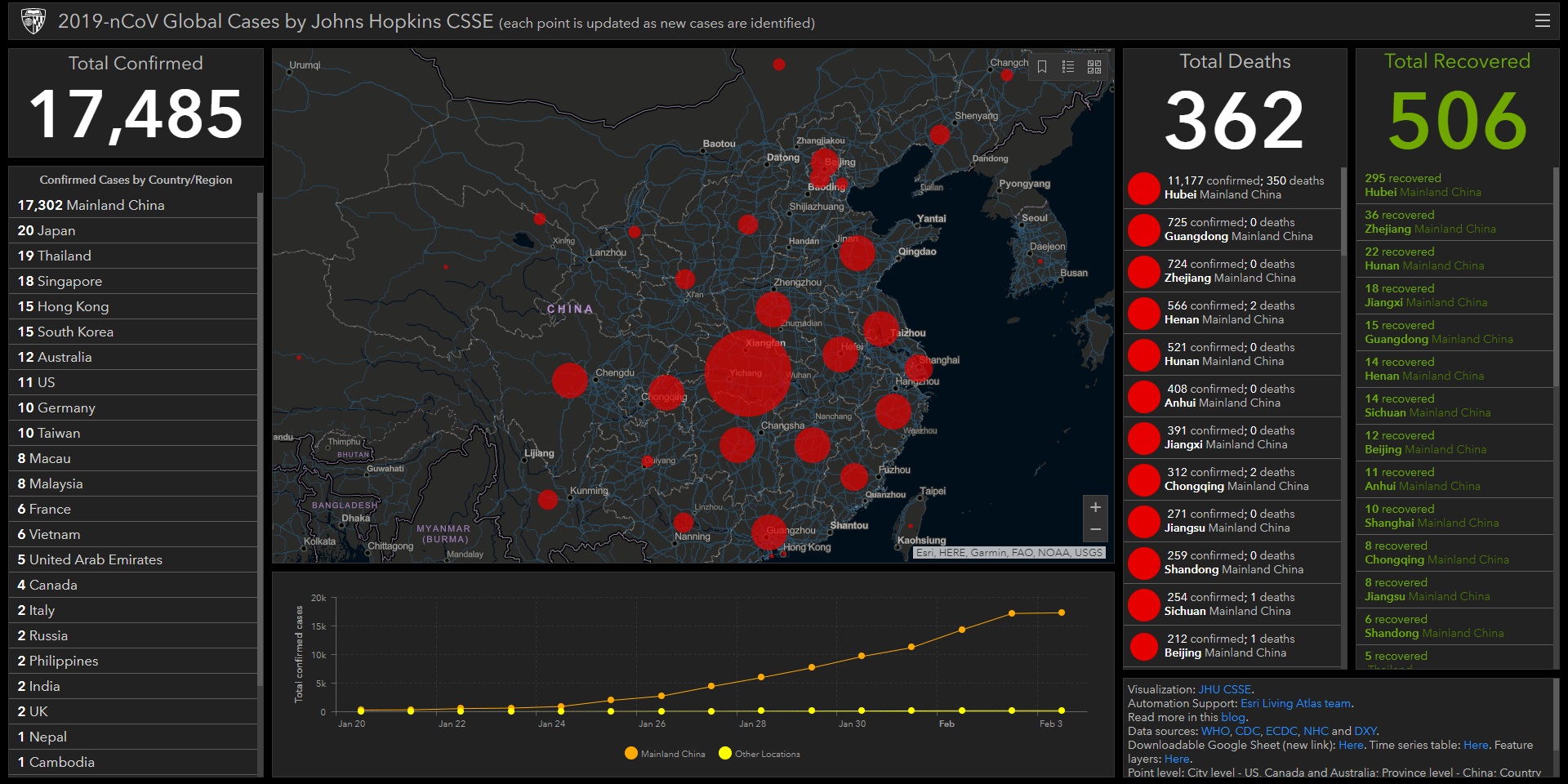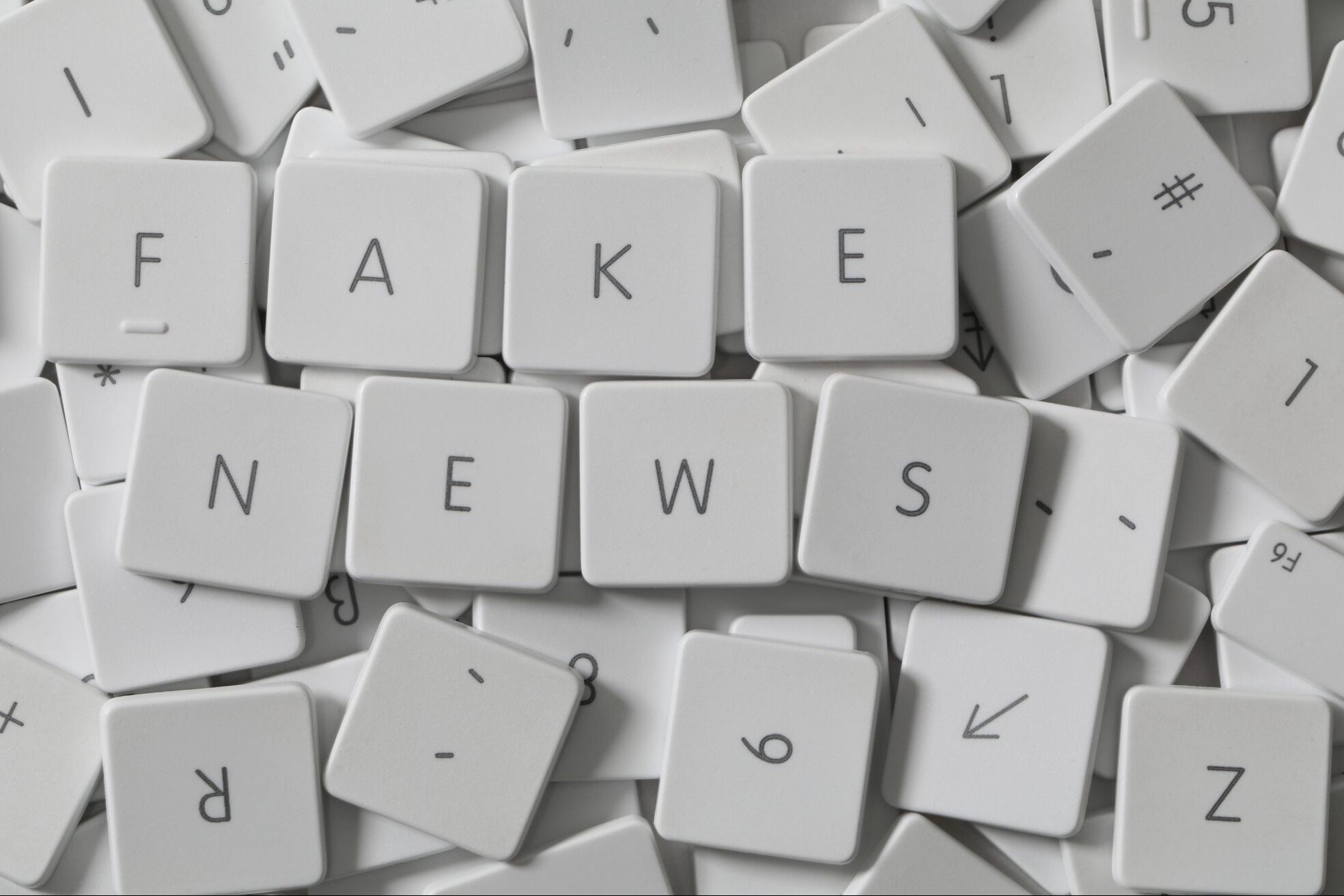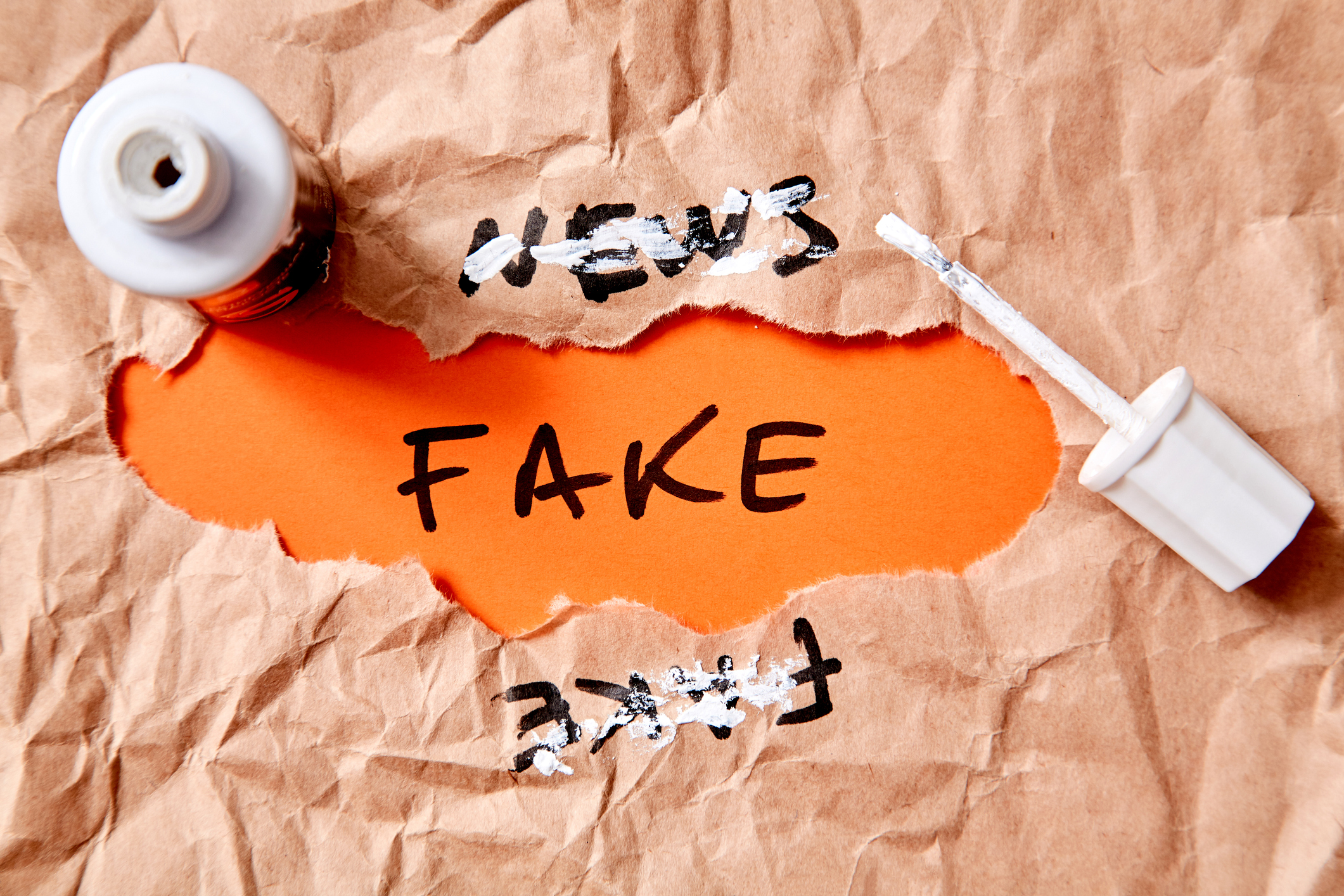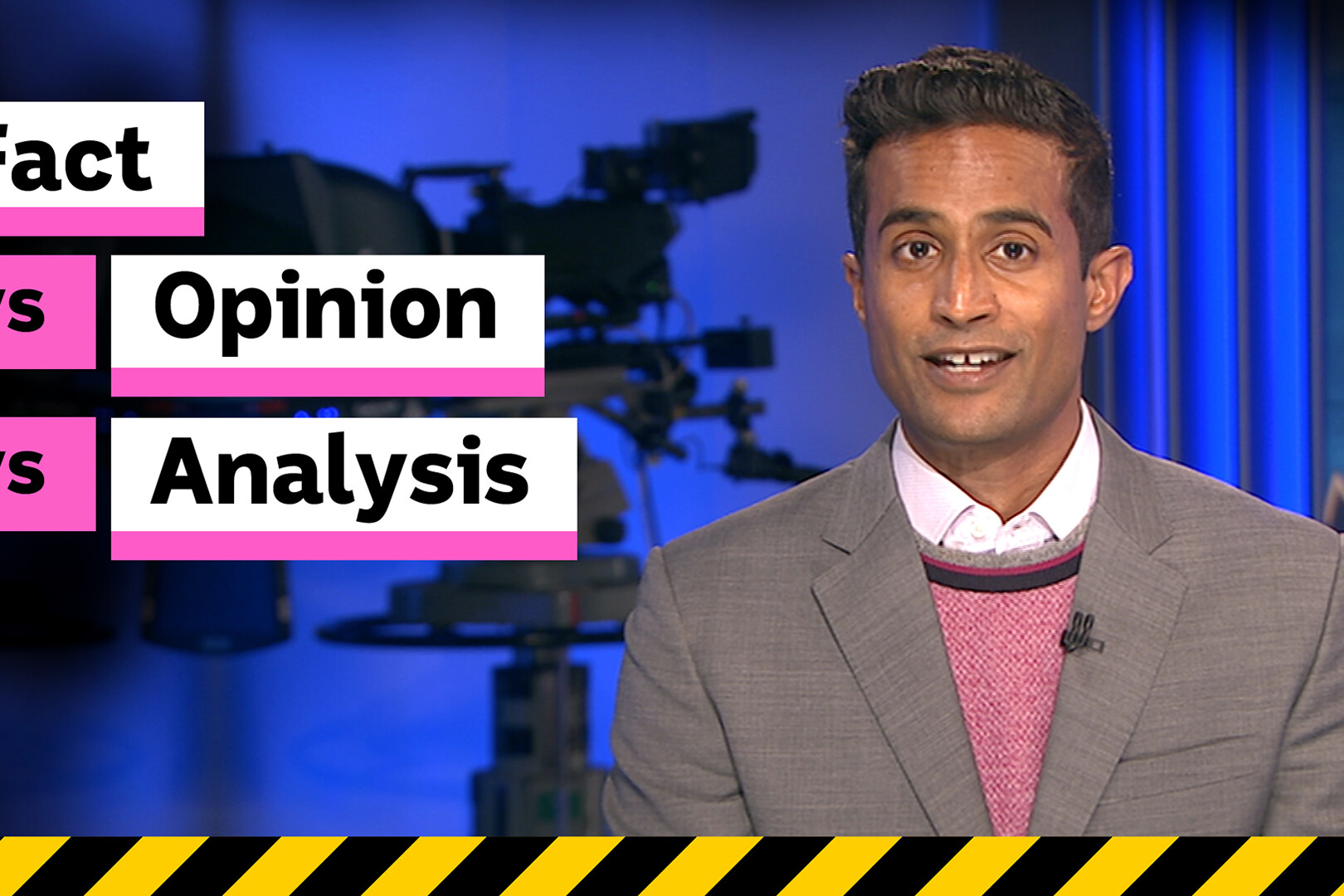As the death toll and number of confirmed coronavirus cases continues to rise, so too does the wave of misinformation surrounding the virus.
With the abundance of information, photos and videos being shared across social media and news outlets, it can be challenging to decipher fact from fiction. An alarming amount of information about the virus has already been labelled as unfounded or factually incorrect, including its origins and confirmed cases.
So what sources can the public turn to for accurate and reliable updates? Here we have highlighted some key organisations and initiatives that are cutting through the noise by attempting to fact-check claims and locate where reliable information can be accessed.
International Fact-checking Network (IFCN)
An international collaborative project coordinated by the International Fact-checking Network, consists of almost 50 fact-checking organisations from 30 countries investigating claims about coronavirus, including the source of the outbreak and how to cure it.
Organisations from the network include The Taiwan Fact-check Center, Aos Fatos and Agência Lupa in Brazil as well as Myth Detector in Georgia.
According to the network, they have delivered over 80 fact-checks since launching the collaborative project last Friday.
[Factually, Jan. 30]: Hoaxes about #coronavirus are spreading faster than the virus itself; @SpeakerPelosi‘s pens weren’t made of 14-karat gold; and Angelina Jolie is teaming up with the BBC to spread news literacy. 👉 https://t.co/T5WOzCS6bK pic.twitter.com/hSAeEdlJ3C
— IFCN (@factchecknet) January 30, 2020
You can follow the IFCN’s latest updates and findings on social media using the hashtags: #CoronaVirusFacts and #DatosCoronaVirus.
Medical and scientific professionals
The World Health Organisation
With the outbreak now officially recognised as a global emergency, the World Health Organisation has been sharing knowledge and advice on the coronavirus via its website. Last week, the WHO also live-streamed a Q&A video on their Facebook profile, encouraging viewers to send in questions about the virus.
The WHO has also partnered with Google to streamline accurate information by setting up an SOS alert. This will display resources, safety tips and the latest updates and tweets from the WHO and its Director-General, Tedros Adhanom Ghebreyesus, at the top of the results page on the search engine.
John Hopkins University
Experts at the Center for Systems Science and Engineering at the John Hopkins University in Baltimore have been monitoring worldwide developments on the virus and sharing their findings via an interactive, tracking map in real-time.
The clickable map is populated with data on the total number of deaths, confirmed cases as well as recovered cases around the world, which is downloadable for health professionals and the general public.
You can view the map and download the data here.
Associate Professor Lauren Gardner was quoted by the BBC as saying: “We didn’t initially do this to counter misinformation… We created and shared it as a user-friendly, real-time map as we thought it’d be helpful to the research community and public health authorities…We don’t want to incite unnecessary fear. So we just present reliable data in a minimal way.”
Read their blog: Mapping 2019-nCoV
In an article explaining how doctors are challenging misinformation about coronavirus, the BBC also cited Dr Mikhail Varshavski who has taken to his YouTube channel to share information and advice about the virus.
Infectious diseases and virology clinician and researcher at the University of St Andrews, Dr Muge Cevik, was also mentioned in the same article, who has been recognised for her thread on Twitter. Here, she has “compiled the available data (in no particular order) to have a better understanding of #nCoV2019 & will update the list as more info becomes available.”
Public media
Despite trust in media being at an unprecedented low, public media is still widely regarded as the most trusted form of news, particularly in times of crises and emergencies.
Public broadcasters based within close proximity to Wuhan, China – considered the epicentre of the outbreak – have been providing regular updates about the virus. South Korea’s KBS World Radio created emergency guidelines for avoiding coronavirus. It also has plans to air emergency broadcasts with English subtitles as well as sign language interpretations.
Thai PBS has compiled a list to highlight fake news articles and is also providing information on self-protection and preventing the spread of infection, including publishing a video on how to wear a mask. Against this background, the Thai anti-fake news centre, launched in November last year, has already cracked down on individuals spreading fake news about the virus.
Japan’s public broadcaster, NHK, has dedicated an entire page on its NHK World-Japan website to provide updates and videos about the coronavirus:
NHK WORLD-JAPAN has set up a page providing the information about novel coronavirus pneumonia. Please also refer to the following page.https://t.co/sNJAL7fGnP#JNTOsafetravel pic.twitter.com/3Xkh4D1FZZ
— Japan Safe Travel (JST) (@JapanSafeTravel) January 31, 2020
Elsewhere, international public broadcasters have been engaging with health advisors and medical professionals to collect reliable information about the virus and provide clear updates and advice on how best to decipher between fact and fiction, which is available on traditional as well as online platforms.
#CoronaVirusFacts Here’s a great resource to keep track of some of the false information and hoaxes that have been doing the rounds about the coronavirus … BBC News – China coronavirus: Misinformation spreads online about origin and scale https://t.co/iC3AWAgUZa
— Namibia Fact Check (@FactNamibia) January 31, 2020
See also:
Elsewhere
The Phillipino online news website, Rappler, has compiled a list for the Philippine public to find official, reliable information. It includes government bodies, news agencies and fact checkers.
Oher international news outlets such as The New York Times are providing live, rolling updates about the outbreak on their websites and including explainer articles on how to protect yourself and what you need to know about coronavirus. Similar services are available from The Guardian.
Social media
In a blog post, Facebook shared some of the steps they have been taking to limit the amount of misinformation being shared on the platform. This includes working with third-party fact-checkers and notifying users as well as removing posts when information has been deemed false.
Similar to the Google SOS Alert, Facebook also commits to providing accurate, helpful information by placing messages on the top of its News Feed feature: “these will be deployed based on guidance from the WHO. When people search for information related to the virus on Facebook or tap a related hashtag on Instagram, we will surface an educational pop-up with credible information.” Facebook will also provide partners with data tools.
With over 15 million tweets about coronavirus being published within the past month, Twitter has also shared their efforts to provide useful information on its platform. This includes launching a “new dedicated search prompt to ensure that when you come to the service for information about the #coronavirus, you’re met with credible, authoritative information first. In addition, we’re halting any auto-suggest results that are likely to direct individuals to non-credible content on Twitter.” The social media network is also trying to “amplify authoritative, official content across the globe”, such as from governments and NGOs. In worst case scenarios, they will remove accounts that have been found to purposely spread misinformation on the platform.
Read more: Coronavirus: How Facebook, TikTok and other apps tackle fake claims
We will continue to update this page with recommended sources of information and fact checking services as the crisis continues.
Header image: Fake news, disinformation or false information and propaganda concept. Crumpled paper,inscription and corrector. Credit: Oleg Chumakov/iStock
Related Posts
6th December 2019
The rise of “fake news” laws across South East Asia
Serious concern as recently enacted…
24th October 2019
Public broadcasters and youth media literacy
Effective democracy relies on citizen’s…
24th October 2019
Public broadcasters around the world collaborate to support media literacy
To mark Global Media and Information…



